Organizing logistics for the supply of industrial chemicals is one of the most challenging and under-valued roles in the sector.
Firstly, the nature of industrial chemicals requires strict adherence to safety regulations and guidelines, which can complicate transportation and storage processes. Additionally, as demand for industrial chemicals can fluctuate based on geopolitics, exchange rates, customer needs, and industry innovation, it is essential to have a flexible supply chain that can quickly adapt to market changes.
Furthermore, sourcing raw materials for the production of industrial chemicals can be a complex process, as it often involves dealing with multiple suppliers, across multiple locations/continents, while having to ensure the quality and consistency of the materials purchased. Managing inventory levels and guaranteeing the timely delivery of products to customers are further crucial aspects of supply chain management for industrial chemical suppliers.
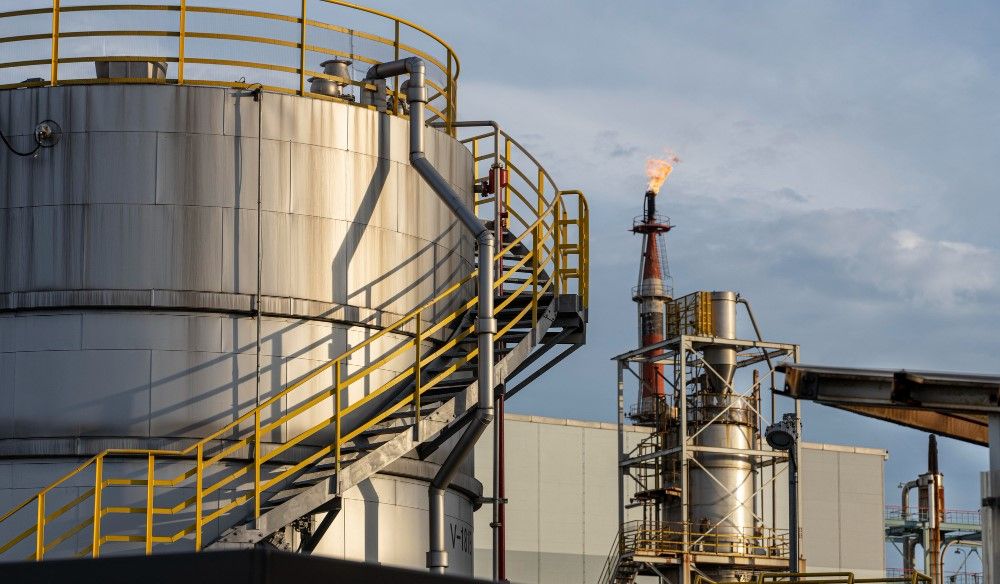
This precarious nature of this role was brought into sharp focus during the COVID pandemic and its subsequent supply chain logjam at ports all round the world. A situation that was further exposed as fragile when in March 2021 the 220,000-ton container ship Ever Given ran aground and blocked the Suez Canal. Despite closing the shipping lane for only six days, “more than 430 ships were forced to wait. [With] each additional day of delay tying up an additional 0.5% of the global shipping capacity waiting in queues. The blockage held up some USD 9 billion in global trade each day, leading to time costs of the goods (i.e. economic depreciation, technical depreciation, and opportunity costs of capital),” the industry journal Port Economics, Management and Policy notes. Adding that, “Several weeks after the opening of the Canal, European ports experienced peaks in vessel arrivals, further increasing the pressure on seaport terminals, which was already high due to the peak in cargo demand induced by the COVID-19 pandemic.”
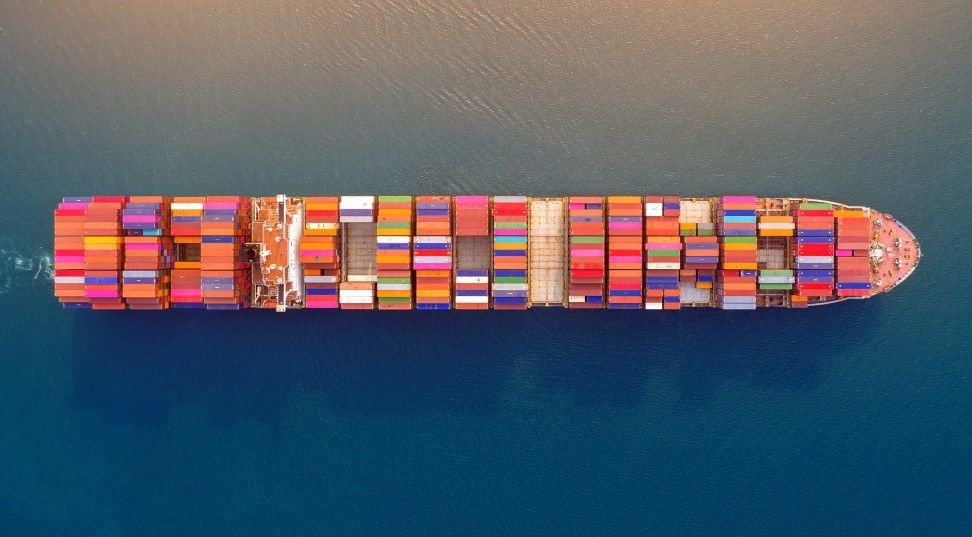
Further ships running aground over the following months and then the more recent attacks on shipping by Yemeni Houti rebels in the Red Sea have shown the current global supply chain to be exceptionally fragile and too reliant on having everything flowing freely.
It was an issue addressed during the recent LogiChem EU 2024 conference, which brought together the leading chemical businesses to discuss improving end-to-end supply chain connectivity.
“We’d been operating in an international logistics network that relied too heavily on optimal conditions,” said Rogerio Andrade, senior vice president of supply chain at Bayer. “We were dealing with the bullwhip effect of demand and found ourselves relying heavily on air freight as a mitigation measure. Now, we are building a resilient supply chain using a multidimensional approach.”
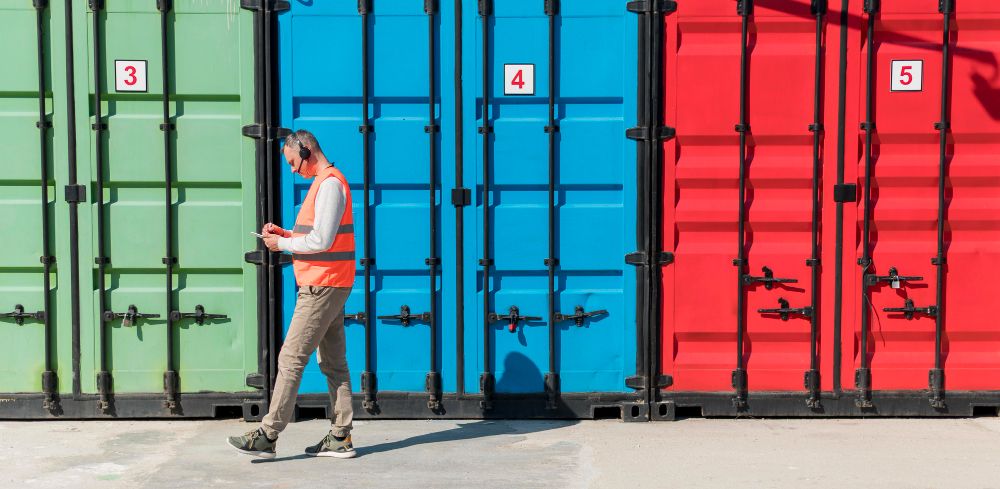
Andrade and his team oversee the Crop Science supply chain at Bayer AG, ensuring that the transportation of raw materials and active ingredients used to make pesticides and other agricultural goods arrive on time. It is an operation which takes excellent management and careful planning to deliver the products to clients on schedule. But one that the company decided needed improving.
As Forbes Magazine explains, “Andrade and his team set about creating resilience with a multi-step program to measure, reduce, optimize, and innovate along the entire value chain. The team developed a Smart Data Center consisting of end-to-end digital operational platforms to optimize and operate its supply chain with a customer focused, data-driven mindset.”
The result is consolidated and aggregated supply chain data which examines planning and transportation management systems as well as customer-focused systems such as SAP Business Network.
“Before it was implemented,” the Forbes report notes, “decision-making was siloed and fragmented. It required extensive meetings and coordination efforts and was characterized by reactive problem-solving.”
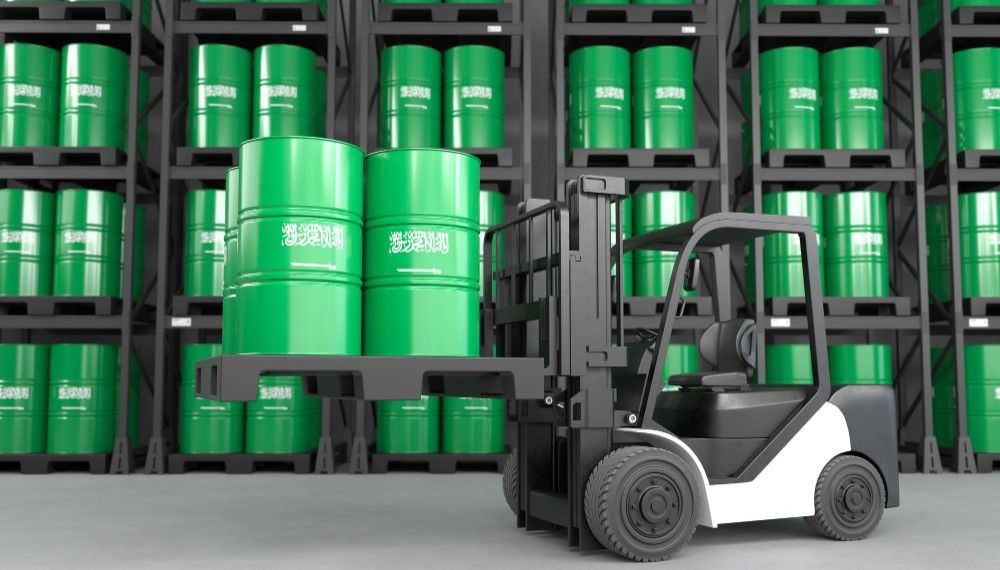
“We are reimagining every role and every process to keep us focused on our mission. That includes accelerating innovation and enhancing financial performance,” said Andrade. “To that end, we’ve revised our supply chain strategy to navigate cross-continental logistics disruptions and gain more visibility.”
To maximise the range of freight transportation options, the team now also collaborates with its regional partners. For example, although the Americas rely heavily on trucks, other regions, like Europe, employ a combination of both truck and rail transportation. In this instance, the group is combining warehouses to cut down on the number of journeys and testing out e-trucks for short distances.
But these changes can only be made by having the relevant information, and then having the ability to react to it instantly. For instance, during the recent decision by some shipping companies to avoid the Houti attacks in the Red Sea by sailing around Africa.
“By enabling our people to leverage more smart data than before we were able to avoid a dip in sales, and we avoided increases in inventory and freight costs,” said Andrade.
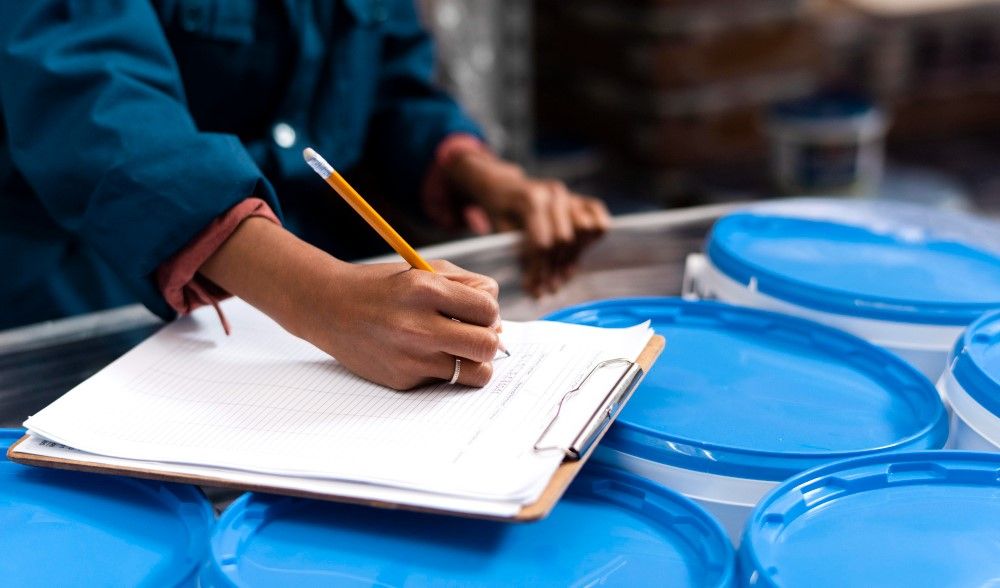
One of the key issues confronting humanity is the growing load on ecosystems. By strategically optimising the supply chain from start to finish, Bayer is lessening both its own ecological footprint and the ecological footprint of the agriculture sector.
Across the chemical industry, it is also hoped that general cost-savings and streamlining, such as maximizing delivery loads and minimizing the number of trips, can help decarbonise supply chain processes sufficiently until the technology of electric vehicles and more efficient shipping becomes available.
Overall, organizing a supply chain for an industrial chemical supplier requires careful planning, coordination, and communication to ensure efficiency and reliability in meeting customer demands. But all of this may be about to get simpler, as improved management techniques, centralised decision making, and AI assistance helps to ensure a more streamlined process and condemn the dark days of shortages, logjams, and over-stocking to history.
You may also enjoy reading How AI Really Benefits Industrial Chemical Production and Supply or Where is the AI in Chemical Manufacturing and Supply?
Photo credit: Freepik, User6702303, Freepik, Freepik, Tawatchai07, & Freepik